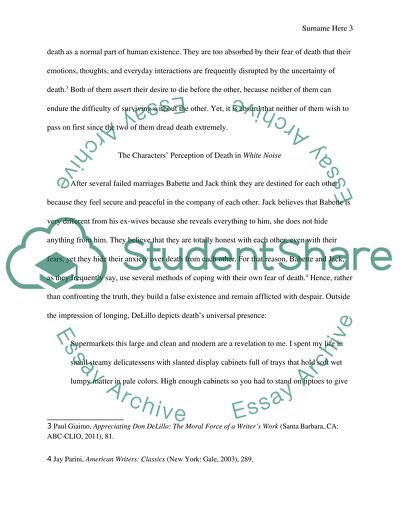Cite this document
(“Modern Life and Death in Don Dellilo's White noise Research Paper”, n.d.)
Modern Life and Death in Don Dellilo's White noise Research Paper. Retrieved from https://studentshare.org/literature/1694237-modern-life-and-death-in-don-dellilos-white-noise
Modern Life and Death in Don Dellilo's White noise Research Paper. Retrieved from https://studentshare.org/literature/1694237-modern-life-and-death-in-don-dellilos-white-noise
(Modern Life and Death in Don Dellilo'S White Noise Research Paper)
Modern Life and Death in Don Dellilo'S White Noise Research Paper. https://studentshare.org/literature/1694237-modern-life-and-death-in-don-dellilos-white-noise.
Modern Life and Death in Don Dellilo'S White Noise Research Paper. https://studentshare.org/literature/1694237-modern-life-and-death-in-don-dellilos-white-noise.
“Modern Life and Death in Don Dellilo'S White Noise Research Paper”, n.d. https://studentshare.org/literature/1694237-modern-life-and-death-in-don-dellilos-white-noise.


